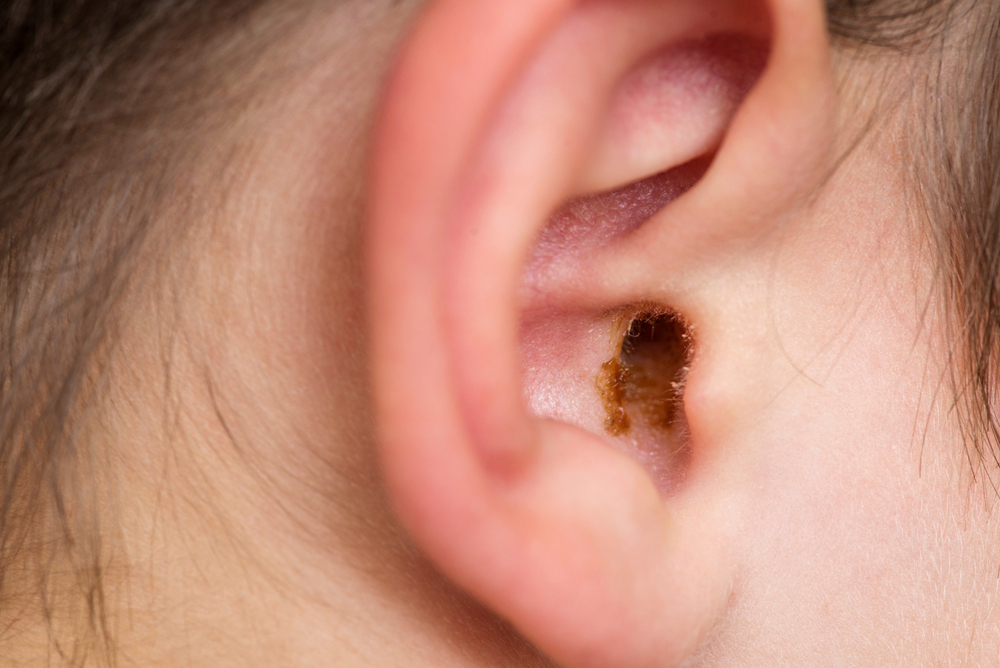
It’s likely that earwax and its accumulation haven’t been subjects of significant consideration for you, except maybe during ear hygiene routines. However, comprehending what causes earwax, how it forms, and its purpose is essential.
So why does earwax accumulate?
Earwax, technically called cerumen, is a dense combination of debris, hair, skin particles, sweat, and ceruminous gland secretions. This earwax presents with a waxy consistency and can exhibit shades of orange, yellow, gray, or brown.
While the production amount of earwax differs from person to person, adults typically generate less earwax than kids. Kids also normally have softer earwax that’s lighter in color than adults.
Earwax gets discharged or washed out after going by the outer ear canal and reaching the opening of the ear.
Why is earwax crucial?
Here are some important functions that earwax serves:
- Fending off possible infections that might develop within the ear canal.
- Acting as a protective barricade against external irritants including dirt, dust, and other foreign particles before they infiltrate deeper into the ear.
- Stopping itchiness and dryness by lubricating and safeguarding the lining of the ear canal.
Earwax blockages
Impacted earwax is a prevalent issue, but it’s typically the only time you need to worry about it. Impacted earwax can be the result of narrow or unusually shaped ear canals impeding the natural movement of earwax toward the ear’s periphery.
Wax can be unintentionally crammed up into the ear canal by utilizing improper cleaning methods like using cotton swabs.
People grappling with hearing loss who make use of earplugs or hearing aids are also susceptible to experiencing ear canal blockages.
How excessive earwax can affect hearing
Auditory health might be impeded and you may feel slight discomfort.
Also, substantial accumulations of earwax can trigger tinnitus, a feeling of ringing in the ears.
Untreated earwax blockages may escalate into middle ear infections, perforated eardrums, or lasting hearing impairment due to acoustic trauma.
Addressing impacted earwax
It’s crucial that you contact us as soon as you can if you think your ears may be blocked by earwax. Depending on the severity of the obstruction, you might be advised to use over-the-counter wax softening drops or a bulb syringe for gentle irrigation to relieve the condition.
Contact us right away if you need some assistance with an earwax obstruction.